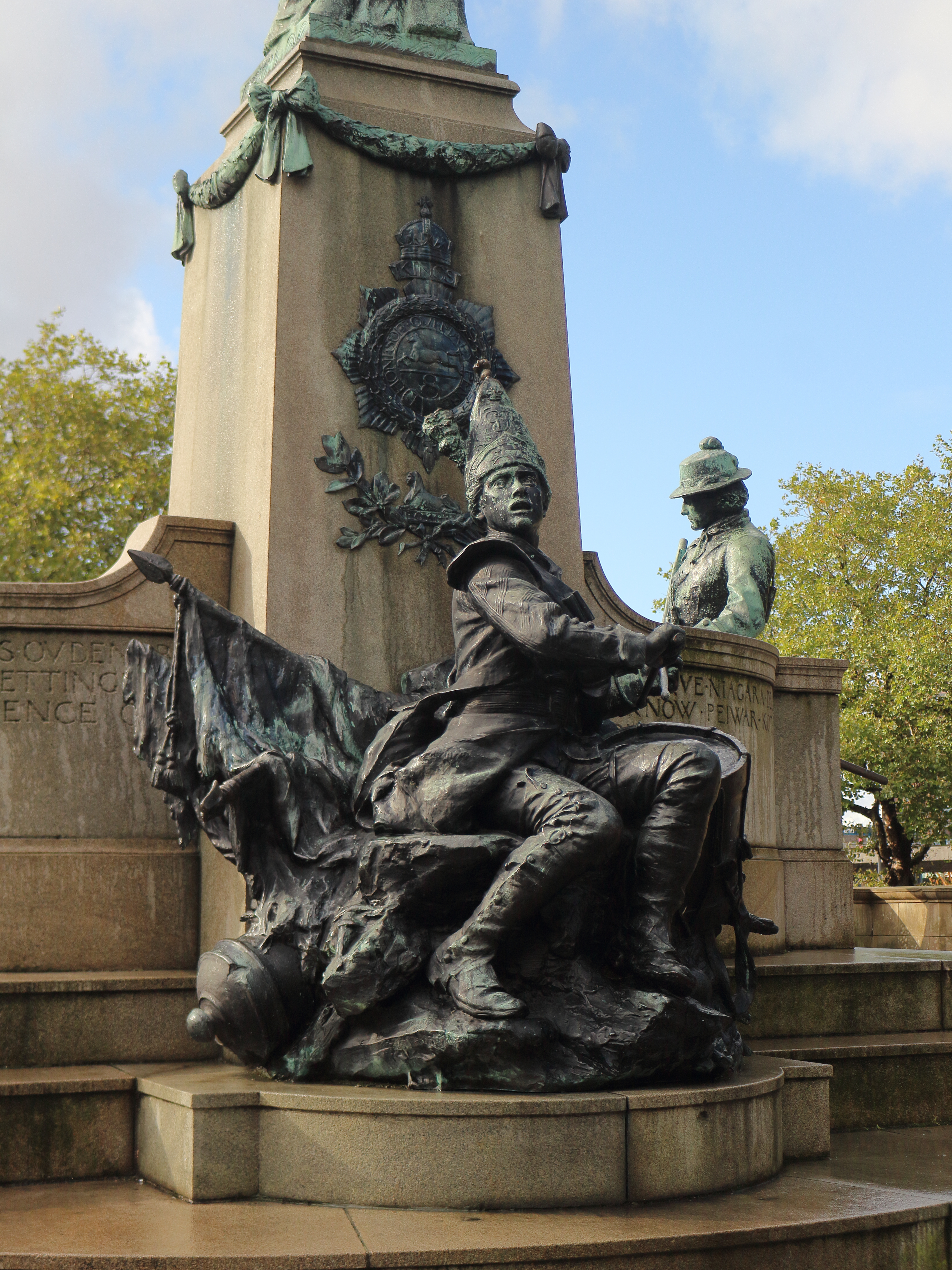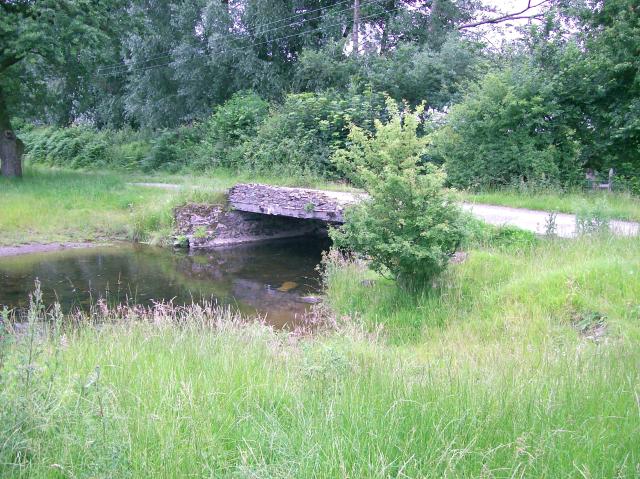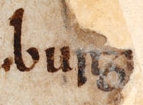|
Lampeter
Lampeter (; cy, Llanbedr Pont Steffan (formal); ''Llambed'' (colloquial)) is a town, community and electoral ward in Ceredigion, Wales, at the confluence of the Afon Dulas with the River Teifi. It is the third largest urban area in Ceredigion, after Aberystwyth and Cardigan, and has a campus of the University of Wales Trinity Saint David. At the 2011 Census, the population was 2,970. Lampeter is the smallest university town in the United Kingdom. The university adds approximately 1,000 people to the town's population during term time. Etymology The Welsh name of the town, ', means "Peter's chuch tStephen's bridge" in reference to its church and castle. Its English name derives from this, as does the colloquial Welsh name '. History The Norman castle of ''Pont Steffan'' ("Stephen's bridge" in English) occupying a strategic position beside the River Teifi was destroyed in 1187 after it had been conquered by Owain Gwynedd. Cardiganshire was one of the royal counties es ... [...More Info...] [...Related Items...] OR: [Wikipedia] [Google] [Baidu] |
University Of Wales Trinity Saint David
The University of Wales Trinity Saint David ( cy, Prifysgol Cymru Y Drindod Dewi Sant) is a multi-campus university with three main campuses in South West Wales, in Carmarthen, Lampeter and Swansea, a fourth campus in London, England, and learning centres in Cardiff, Wales, and Birmingham, England. The university came into existence through the merger of the two oldest higher education institutions in Wales, the University of Wales, Lampeter (UWL) and Trinity University College (TUC) in 2010, under Lampeter's royal charter of 1828. In 2011, it was announced that the University of Wales would also be merged into Trinity Saint David. On 1 August 2013 the university merged with Swansea Metropolitan University. As Prince of Wales, Charles III, King Charles III was patron of the university. The Chancellor (education)#Wales, President is R. Brinley Jones and the Chancellor (education)#Vice-chancellor, Vice-Chancellor is Medwin Hughes. History The University of Wales Trinity Saint Da ... [...More Info...] [...Related Items...] OR: [Wikipedia] [Google] [Baidu] |
Lampeter Town Hall
Lampeter Town Hall ( cy, Neuadd y Dref Llanbedr Pont Steffan) is a municipal structure in the High Street, Lampeter, Wales. The town hall, which was the meeting place of Lampeter Borough Council, is a Grade II listed building. History The first town hall in Lampeter, which was commissioned by the lord of the manor and partner in Harford Bank of Bristol, Richard Hart Davis, was designed by Peter Frederick Robinson and completed in 1818. Davis got into financial difficulty in 1819 and sold his estate, which included the town hall, to his son-in-law, John Scandrett Harford, of Blaise Castle in 1820. In the late 1870s, after the first town hall became dilapidated, the trustees of a Harford descendent, John Battersby Harford, offered to demolish it and to replace it with a new building. The new building was designed by Robert Jewell Withers in the Queen Anne Revival style, built in grey brick with red brick quoins at a cost of £4,000 and was completed in 1881. The design involved ... [...More Info...] [...Related Items...] OR: [Wikipedia] [Google] [Baidu] |
Ceredigion
Ceredigion ( , , ) is a county in the west of Wales, corresponding to the historic county of Cardiganshire. During the second half of the first millennium Ceredigion was a minor kingdom. It has been administered as a county since 1282. Ceredigion is considered a centre of Welsh culture and just under half of the population can speak Welsh according to the 2011 Census. The county is mainly rural, with over of coastline and a mountainous hinterland. The numerous sandy beaches and the long-distance Ceredigion Coast Path provide views of Cardigan Bay. In the 18th and early 19th centuries, Cardiganshire had more industry than it does today; Cardigan was the commercial centre of the county; lead, silver and zinc were mined and Cardigan was the principal port of South Wales prior to the silting of its harbour. The economy became highly dependent on dairy farming and the rearing of livestock for the English market. During the 20th century, livestock farming became less prof ... [...More Info...] [...Related Items...] OR: [Wikipedia] [Google] [Baidu] |
Goscombe John
Sir William Goscombe John (21 February 1860 – 15 December 1952) was a prolific Welsh sculptor known for his many public memorials. As a sculptor, John developed a distinctive style of his own while respecting classical traditions and forms of sculpture. He gained national attention with statues of eminent Victorians in London and Cardiff and subsequently, after both the Second Boer War and World War I, created a large number of war memorials. These included the two large group works, '' The Response 1914'' in Newcastle upon Tyne and the Port Sunlight War Memorial which are considered the finest sculptural ensembles on any British monument. Although as a young man he adopted the first name Goscombe, taken from the name of a village in Gloucestershire near his mother's home, he was actively engaged with his native Wales and Welsh culture throughout his career. Biography Early life and career John was born in the Canton area of Cardiff, to Thomas John, a wood carver from L ... [...More Info...] [...Related Items...] OR: [Wikipedia] [Google] [Baidu] |
Ceredigion (UK Parliament Constituency)
Ceredigion (also Cardiganshire) is a parliamentary constituency represented in the House of Commons of the UK Parliament. Created in 1536, the franchise expanded in the late 19th century and on the enfranchisement of women. Its boundaries remained virtually unchanged until 1983. From 1536 until 1885 the area had two seats (electing MPs): a county constituency (Cardiganshire) comprising the rural areas, the other the borough constituency known as the Cardigan District of Boroughs comprising a few separate towns; in 1885 the latter was abolished, its towns and electors incorporated into the former, reduced to one MP. The towns which comprised the Boroughs varied slightly over this long period, but primarily consisted of Cardigan, Aberystwyth, Lampeter and Adpar, the latter now a suburb of Newcastle Emlyn across the Teifi, in Carmarthenshire. The county constituency (a distinction from borough class remains, namely as to type of returning officer and permissible electoral ... [...More Info...] [...Related Items...] OR: [Wikipedia] [Google] [Baidu] |
River Dulas
The River Dulas (Welsh: ''Afon Dulas'') is a tributary of the River Teifi and has its source near the village of Llangybi, Ceredigion, Wales. Its confluence In geography, a confluence (also: ''conflux'') occurs where two or more flowing bodies of water join to form a single channel. A confluence can occur in several configurations: at the point where a tributary joins a larger river (main stem); o ... with the Teifi is near Lampeter. In June 2017 effluent from an anaerobic digestion plant in Lampeter was discharged into the Dulas, causing a pollution incident that was investigated by Natural Resources Wales. References Rivers of Ceredigion {{Wales-river-stub ... [...More Info...] [...Related Items...] OR: [Wikipedia] [Google] [Baidu] |
Aberystwyth
Aberystwyth () is a University town, university and seaside town as well as a community (Wales), community in Ceredigion, Wales. Located in the Historic counties of Wales, historic county of Cardiganshire, means "the mouth of the River Ystwyth, Ystwyth". Aberystwyth University has been a major educational location in Wales since the establishment of University College Wales in 1872. The town is situated on Cardigan Bay on the west coast of Wales, near the confluence of the River Ystwyth and Afon Rheidol. Following the reconstruction of the harbour, the Ystwyth skirts the town. The Rheidol passes through the town. The seafront, with a Royal Pier, Aberystwyth, pier, stretches from Constitution Hill, Aberystwyth, Constitution Hill at the north end of the Promenade to the harbour at the south. The beach is divided by the castle. The town is divided into five areas: Aberystwyth Town; Llanbadarn Fawr, Ceredigion, Llanbadarn Fawr; Waunfawr; Llanbadarn; Trefechan; and the most populou ... [...More Info...] [...Related Items...] OR: [Wikipedia] [Google] [Baidu] |
River Teifi
, name_etymology = , image = File:Llyn Teifi - geograph.org.uk - 41773.jpg , image_size = , image_caption = Llyn Teifi, the source of the Teifi , map = , map_size = , map_caption = , pushpin_map = Wales , pushpin_map_size = , pushpin_map_caption= Mouth of the Teifi shown within Wales , subdivision_type1 = Country , subdivision_name1 = Wales , subdivision_type2 = , subdivision_name2 = , subdivision_type3 = Counties , subdivision_name3 = Ceredigion, Carmarthenshire, Pembrokeshire , subdivision_type4 = , subdivision_name4 = , subdivision_type5 = , subdivision_name5 = , length = , width_min = , width_avg = , width_max = , depth_min = , depth_avg = , depth_max = , discharge1_location= Glan Teifi , discharge1_min = , discharge1_avg = , discharge1_max = , source1 ... [...More Info...] [...Related Items...] OR: [Wikipedia] [Google] [Baidu] |
Welsh Woollen Industry
The woollen industry in Wales was at times the country's most important industry, though it often struggled to compete with the better-funded woollen mills in the north of England, and almost disappeared during the 20th century. There is continued demand for quality Welsh woollen products. Wool processing includes removing the fleece by shearing, classing the wool by quality, untangling, carding and spinning it into yarn, which may be knitting, knitted or weaving, woven into cloth, then finishing the cloth by fulling, Nap (textile), napping and pressing. Spinning and weaving of sheep's wool dates to prehistoric times in Wales, but only became an important industry when Cistercian monasteries were established in the 12th century. Water-powered fulling mills to finish the cloth enabled rapid expansion of the industry in the 13th century, although spinning and weaving continued to be a cottage industry. In the early 16th century, production shifted from south Wales to mid and no ... [...More Info...] [...Related Items...] OR: [Wikipedia] [Google] [Baidu] |
Wales
Wales ( cy, Cymru ) is a Countries of the United Kingdom, country that is part of the United Kingdom. It is bordered by England to the Wales–England border, east, the Irish Sea to the north and west, the Celtic Sea to the south west and the Bristol Channel to the south. It had a population in 2021 of 3,107,500 and has a total area of . Wales has over of coastline and is largely mountainous with its higher peaks in the north and central areas, including Snowdon (), its highest summit. The country lies within the Temperateness, north temperate zone and has a changeable, maritime climate. The capital and largest city is Cardiff. Welsh national identity emerged among the Celtic Britons after the Roman withdrawal from Britain in the 5th century, and Wales was formed as a Kingdom of Wales, kingdom under Gruffydd ap Llywelyn in 1055. Wales is regarded as one of the Celtic nations. The Conquest of Wales by Edward I, conquest of Wales by Edward I of England was completed by 1283, th ... [...More Info...] [...Related Items...] OR: [Wikipedia] [Google] [Baidu] |
Lloyd Baronets
There have been nine baronetcies created for persons with the surname Lloyd, three in the Baronetage of England, three in the Baronetage of Great Britain and three in the Baronetage of the United Kingdom. Two of the creations are extant as of 2010. Lloyd baronets, of Yale (1647) The Lloyd Baronetcy, of Yale in the County of Denbigh, was created in the Baronetage of England on 21 June 1647 for Evan Lloyd. The title became extinct on the death of the second Baronet in 1700. *Sir Evan Lloyd, 1st Baronet (–1663) *Sir Evan Lloyd, 2nd Baronet (–1700) Lloyd baronets, of Garth (1661) The Lloyd Baronetcy, of Garth in the County of Montgomery, was created in the Baronetage of England on 10 May 1661 for the merchant and politician Charles Lloyd. The third Baronet was High Sheriff of Montgomeryshire between 1706 and 1707. The title became extinct on his death in 1743. * Sir Charles Lloyd, 1st Baronet (died ) *Sir Charles Lloyd, 2nd Baronet (died ) *Sir Charles Lloyd, 3rd Baronet (died ... [...More Info...] [...Related Items...] OR: [Wikipedia] [Google] [Baidu] |
Borough
A borough is an administrative division in various English-speaking countries. In principle, the term ''borough'' designates a self-governing walled town, although in practice, official use of the term varies widely. History In the Middle Ages, boroughs were settlements in England that were granted some self-government; burghs were the Scottish equivalent. In medieval England, boroughs were also entitled to elect members of parliament. The use of the word ''borough'' probably derives from the burghal system of Alfred the Great. Alfred set up a system of defensive strong points ( Burhs); in order to maintain these particular settlements, he granted them a degree of autonomy. After the Norman Conquest, when certain towns were granted self-governance, the concept of the burh/borough seems to have been reused to mean a self-governing settlement. The concept of the borough has been used repeatedly (and often differently) throughout the world. Often, a borough is a single to ... [...More Info...] [...Related Items...] OR: [Wikipedia] [Google] [Baidu] |
.jpg)








